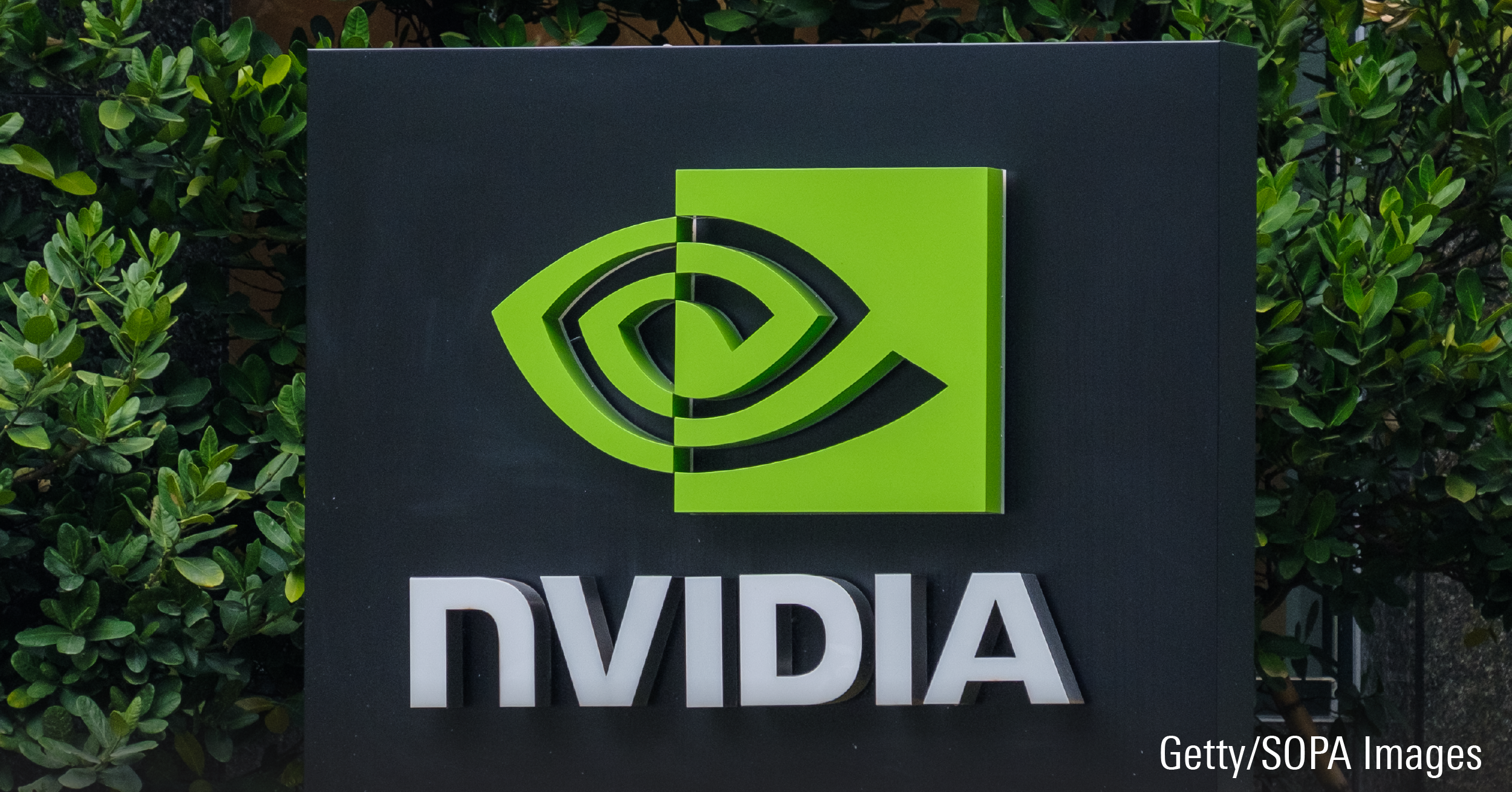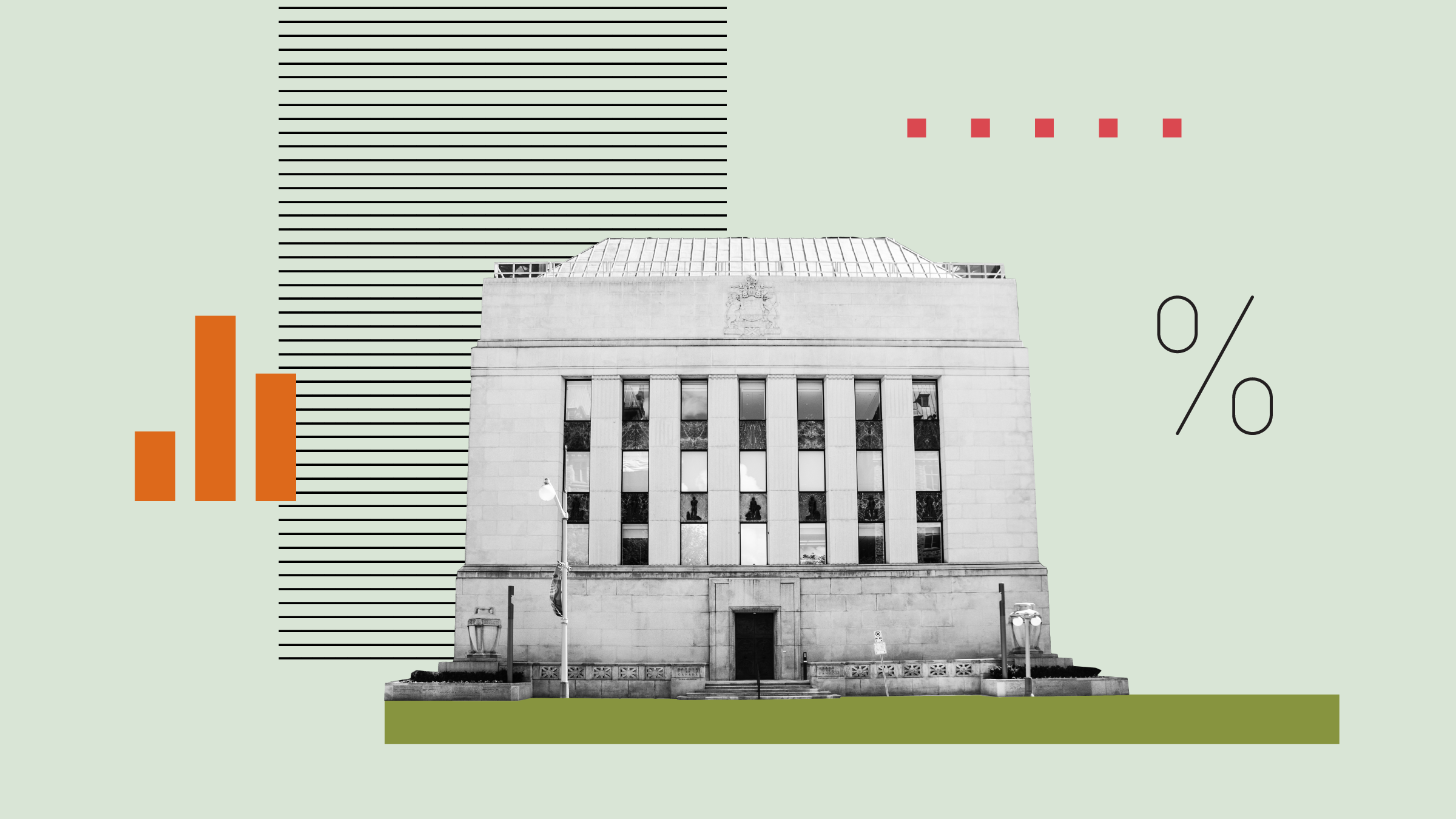Ashley Redmond: When you are researching fund reports, there is a lot of information to sift through and it's important that you are reading and interpreting the information correctly. So, we're going to go over a fund analyst report. If you look at the top of the report, you will see: the name of the fund company, the star rating, the analyst rating, the MER, which in this case is 1.21% and the category Canadian equity. Here to provide some more insight on the body of the report is Director of Fund Analysis in Canada, Christopher Davis.
Thanks for joining me.
Christopher Davis: Thanks for having me.
Redmond: So, let's start with the Morningstar opinion section at the top of the report.
Davis: Well, you could think of that as the summary. It summarizes what our analysts think about that particular fund. So, we're taking the data—more than the data just at the top of that page—but you will see things like the Morningstar category and what our analysts have done is looked under the hood and have come up with a forward looking assessment of the fund's prospects relative to its Morningstar Category as well as its benchmark.
Redmond: Next up is the People section.
Davis: Well, the people section takes a look at who actually runs the fund. It is not just the fund manager; it's the folks that support the manager. It's probably going to be touching on their analyst resources for instance, what sort of risk control type resources they have at their disposal, so that's kind of the human resources part of the report.
Redmond: Next is the Parent section.
Davis: Yes. And this is our analyst assessment of the parent organization behind the fund. And just like at Morningstar, Morningstar's culture affects us, it impacts how we work. It's the same with fund companies, fund managers work as part of an investment culture. They are driven by certain incentives and it reflects our analyst opinion on whether the incentives that the managers are driven by are unitholder friendly or not.
Redmond: Next we have the two Process sections, so what are those?
Davis: Well the first process section looks at the fund manager or the management team's actual investment approach, so we're considering how does this manager manage money. How do they select stocks or bonds? What kind of risk controls do they use? What kind of limitations do they have in implementing their process? And we think about what [is it] about their process that gives them an actual edge or not. If they have a completely plain vanilla non-distinctive process, we'll say so in that section.
Then there is a second process section and this is looking at portfolio positioning, and so we're trying to examine how does the manger’s strategy actually play out in the real world? So, if the manager for instance says he buys high quality companies, we talk about the types of companies he or she is actually buying and whether the characteristics of those companies match what the manager says his or her strategy is.
Redmond: And the last section of the report which I know some investors just scroll down to is Price.
Davis: Right. Well, Price is a really important, but perhaps overlooked pillar, all of the academic and every Morningstar study we have ever done demonstrates that high price funds tend to underperform their benchmarks as well as their peer groups. So, here we're explaining and putting that into context—what a fund's MER is and how it compares to its peer group.
Redmond: Thanks Christopher.
Davis: Thanks for having me.




















